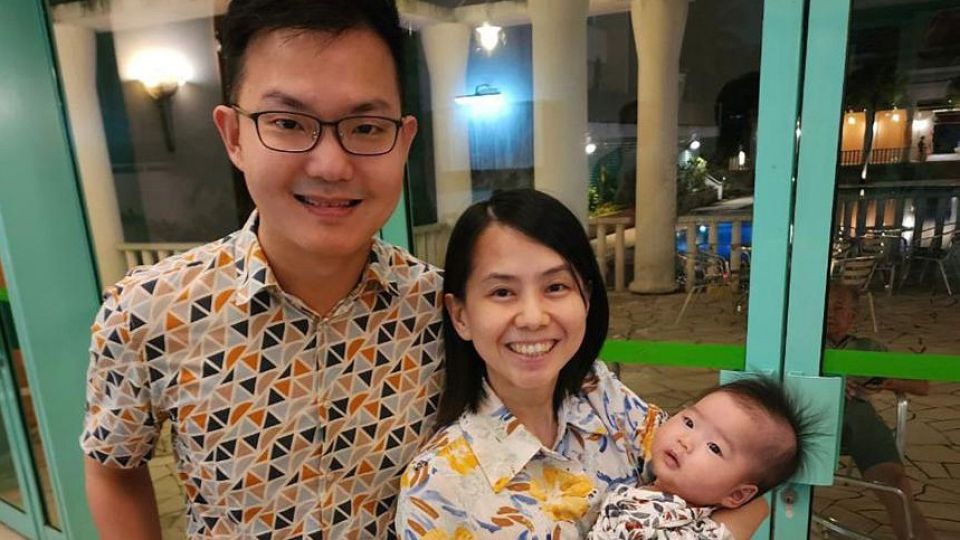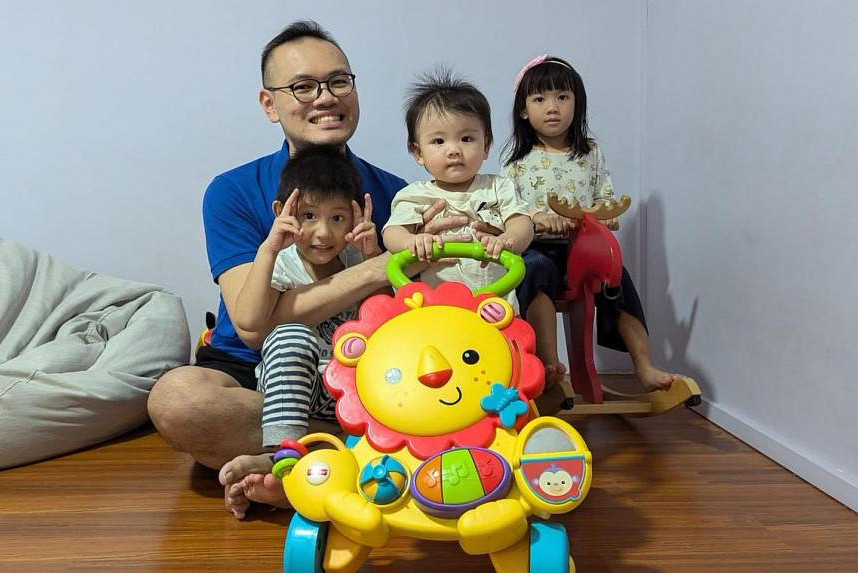
ANN/THE STRAITS TIMES – Software engineer Wilson Quah, 39, and his wife, 35, are planning to start a family, but wanted to hit certain life milestones first.
After moving into their flat in August 2023 and becoming more established in their careers, the couple finally feel the time is right. “We’re not getting any younger,” Quah said.
News that parents will get an extra 10 weeks of shared leave, and that full-day childcare fees at government-supported pre-schools will go down to around SGD300 a month, has made the couple more sure about their decision. Both changes were announced on Aug 18 during Prime Minister Lawrence Wong’s first National Day Rally speech.
Quah said he is cognisant of the time and attention that babies need, and does not want to outsource too much care to a helper in the future. More leave will make it easier for him and his wife, who is also working full-time in human resources, to care for their future child without having to think about work.
“There’re always disruptions, taking care of an infant 24 hours a day. They might wake up, you don’t get enough sleep, and then you cannot perform well in the office,” he said. “We will take whatever (leave) we need to, like to take the kid to see the doctor, or other things to manage when we raise the kid.”
With the changes, parents-to-be will get another 10 weeks of shared leave on top of their current leave entitlement, bringing the total amount of government-paid parental leave to 30 weeks.
The two extra weeks of voluntary paternity leave will be made mandatory from April 1, 2025, meaning that employers must grant such leave applications.
To give employers time to adjust, changes to the shared parental leave scheme will be made in two phases, starting with six weeks of shared leave from April 1, 2025, then the full 10 weeks from April 1, 2026.
While surveys show that most young Singaporeans want to marry and have children, they also have competing aspirations and life goals, PM Wong said in his speech.
Quah agreed with this assessment, adding that young Singaporean couples typically do not want to settle down immediately.
“You want to have some career advancement first, work for a few years, maybe five to eight years, then also get your own house. Then you can start to think ahead… It’s quite a big jump to start a family in Singapore.”
Analysts said the move will help parents reconcile family aspirations with the demands of work, making them feel more supported.
The changes show that “it is possible to reconcile family aspirations with a very demanding workforce”, said Dr Mathew Mathews, principal research fellow at the Institute of Policy Studies (IPS). The extra 10 weeks will be a “sweetener” to nudge those open to having kids into doing so, he said.
“Essentially, what these policies signal is that the Government is requiring workplaces to make adjustments to allow both (mother and father) to take time out to pursue those family aspirations.
“This adds to the confidence that the system supports their child-bearing decisions.”
He added that the decision to make paternity leave mandatory similarly signals that it is expected of men to take time to be with their families when a baby is born.
New father Toh Zhi Han, 37, was the first in his company Providend to make use of the voluntary two-week paternity leave when his first child was born in May.

But the client adviser understands why not all fathers may be willing to do so. For instance, there is the fear of being a burden to colleagues, and of one’s career progression being hindered as a result, he said.
When he was on paternity leave, his colleagues had to take on extra work, and clients still reached out to him at times. “You can go on leave, but the work will not disappear,” he said.
Toh and his wife Eunice Ng, who had already been considering a second child, feel more certain with the new shared parental leave scheme.
“It gives me more confidence that having a second one will be easier, because there’s actually more time off from work to take care of my child, and with all these additional responsibilities, I can actually have more time at home to settle down,” said Mr Toh.
But Gary Guwe, 39, stressed the importance of continued support for parents after their child’s infancy.

He pointed out that parents currently get six days of childcare leave a year, no matter how many children they have. This is not enough to cover school excursions, sick days and mandatory school closure days, said the father of three children aged one, three and five.
“If it becomes too taxing, and we’re not getting enough support for these additional activities, then it becomes a dampener to have more kids.”
IPS senior research fellow Kalpana Vignehsa expressed concern that based on current take-up rates for paternity and maternity leave, there is a good chance that the bulk of the shared leave will be taken by mothers.
At present, some 53 per cent of fathers use the mandatory two weeks of paternity leave they are entitled to, while 74 per cent of mothers take maternity leave. Mums may also share up to four out of 16 weeks of maternity leave with their husbands – however, only 6 per cent of men take up the offer.
But Dr Mathews said the flexibility of the shared leave scheme allows couples to decide what works for their families. “There’s no point reinforcing an arrangement which people actually are not keen about. This is ultimately about helping people to meet their family and work aspirations. So you want to allow them some amount of choice to determine that.”
He believes the new shared parental leave, in combination with other measures to support parents, will move the needle on Singapore’s total fertility rate. “Whether it’s housing supply, lowering childcare costs, further kinds of help for cost of living, and, of course, other progressive work on the workplace to make it conducive, together, they will be able to help.”




